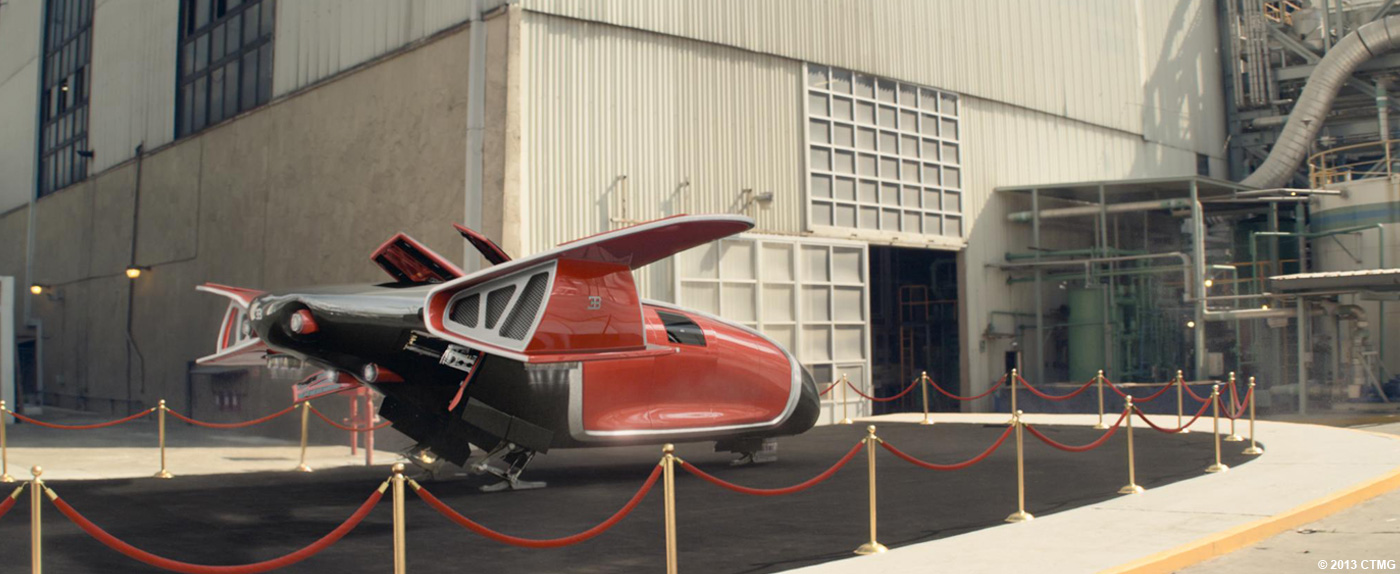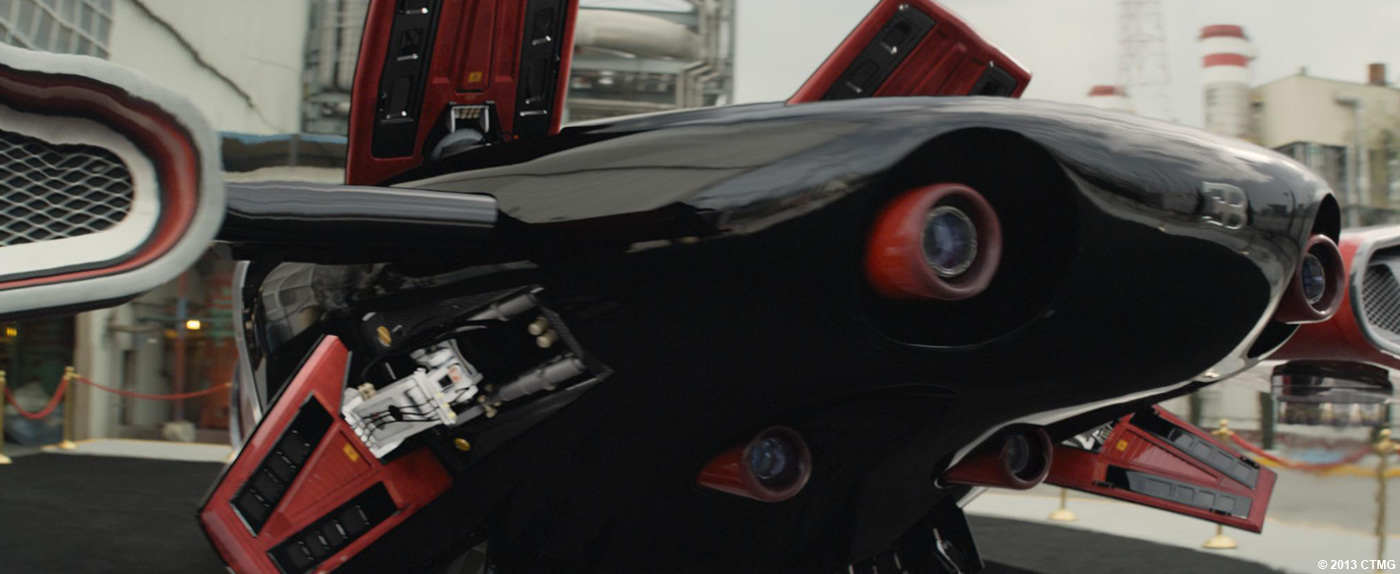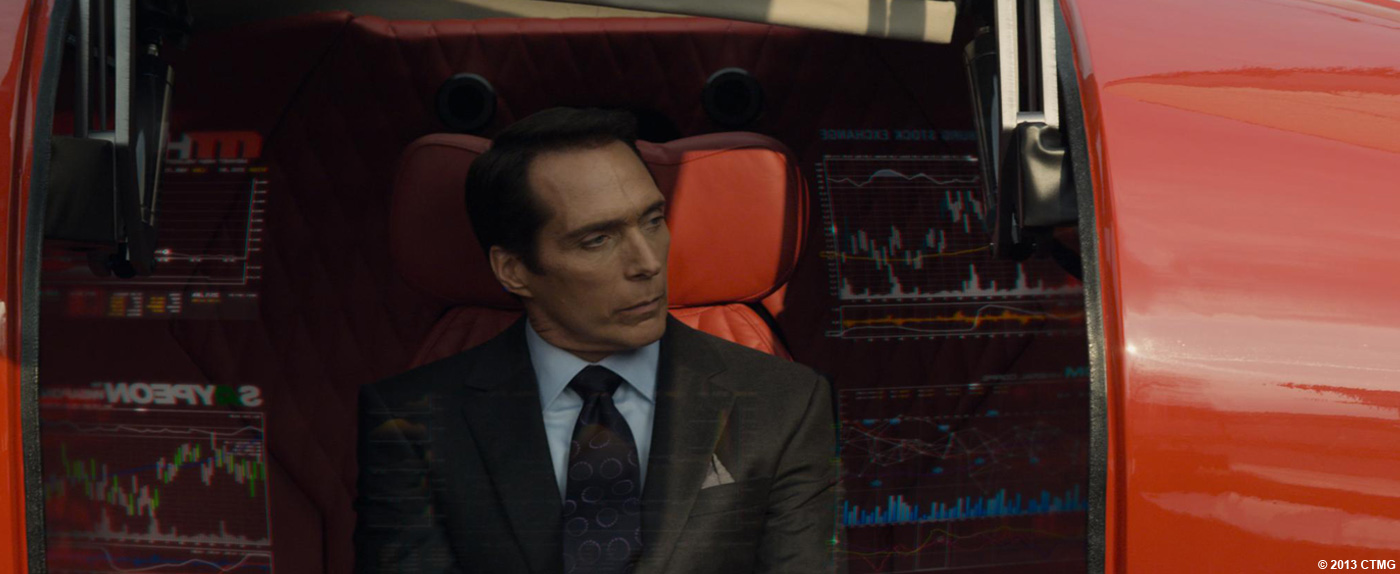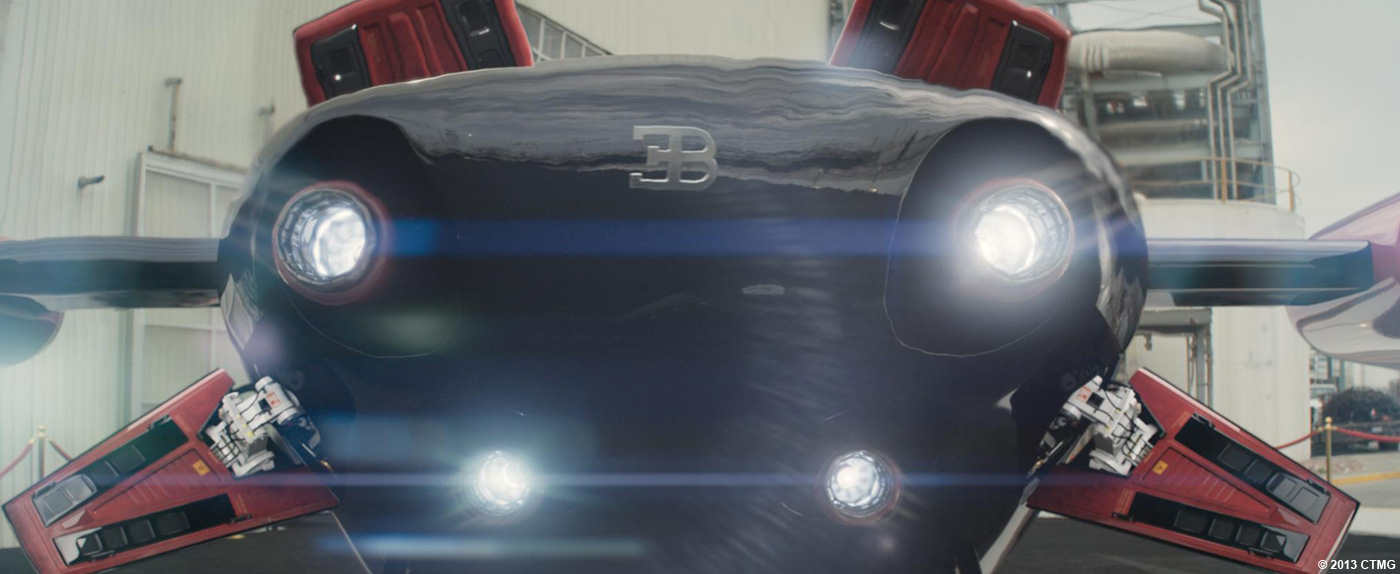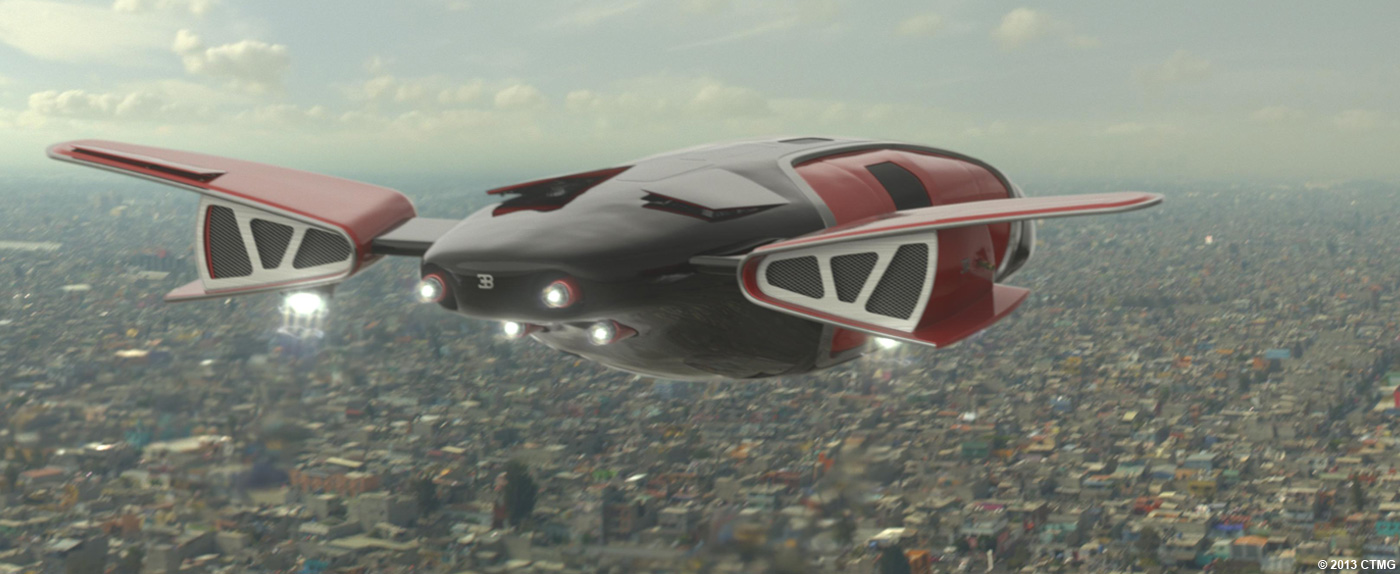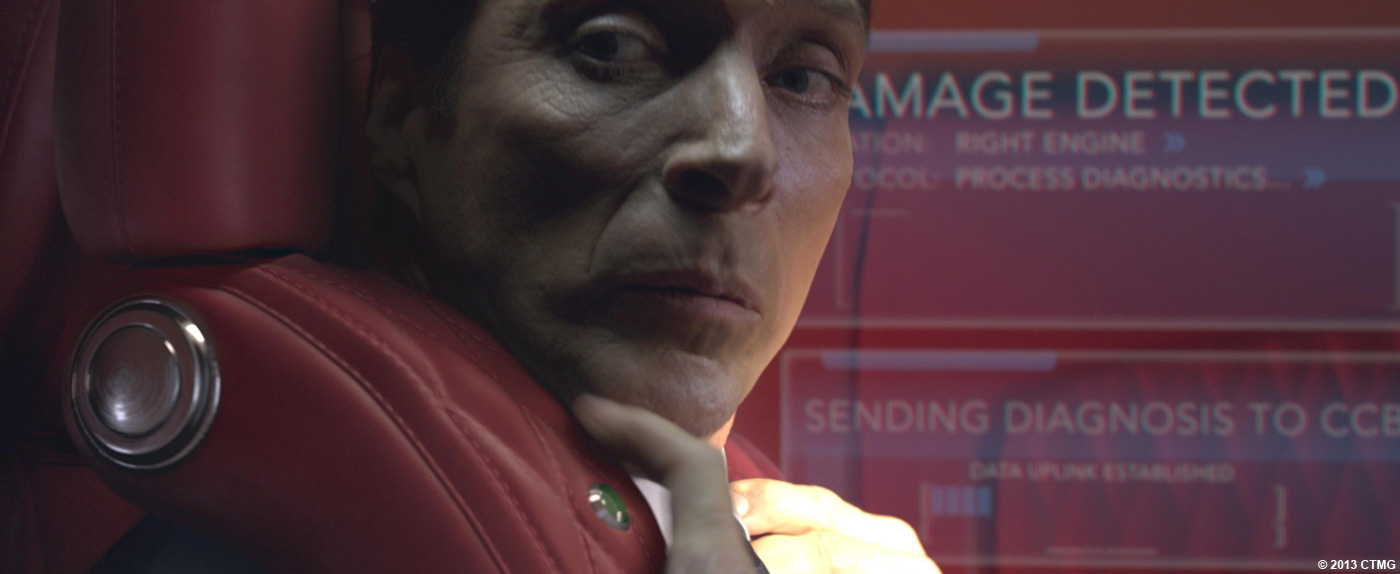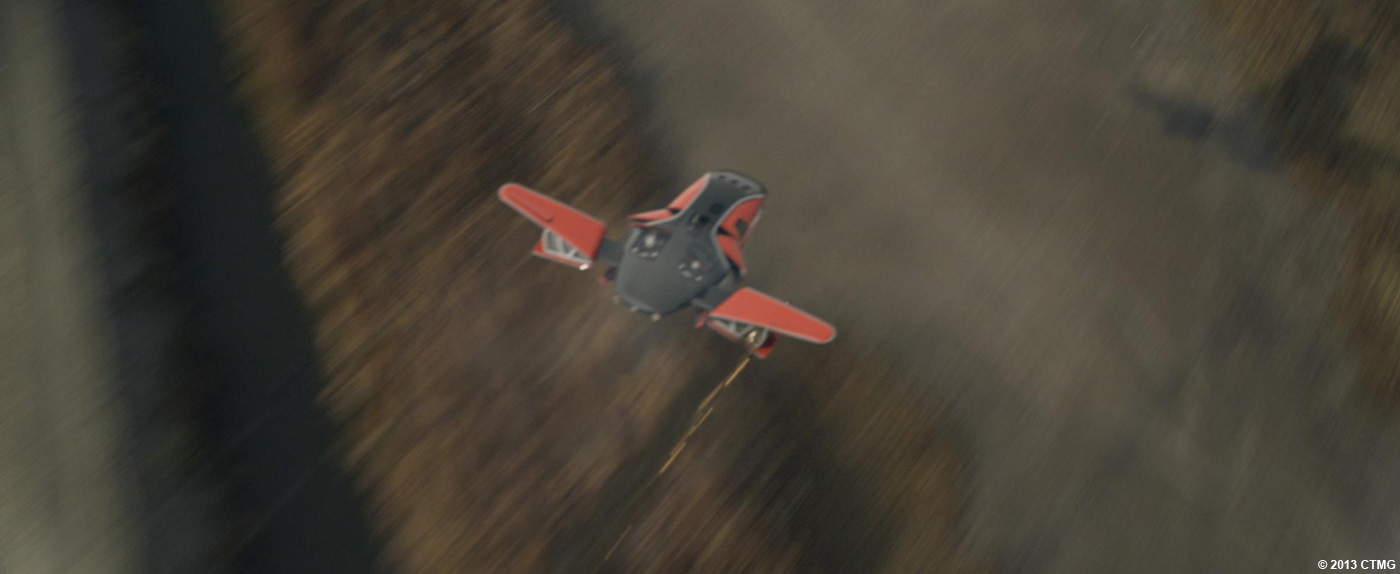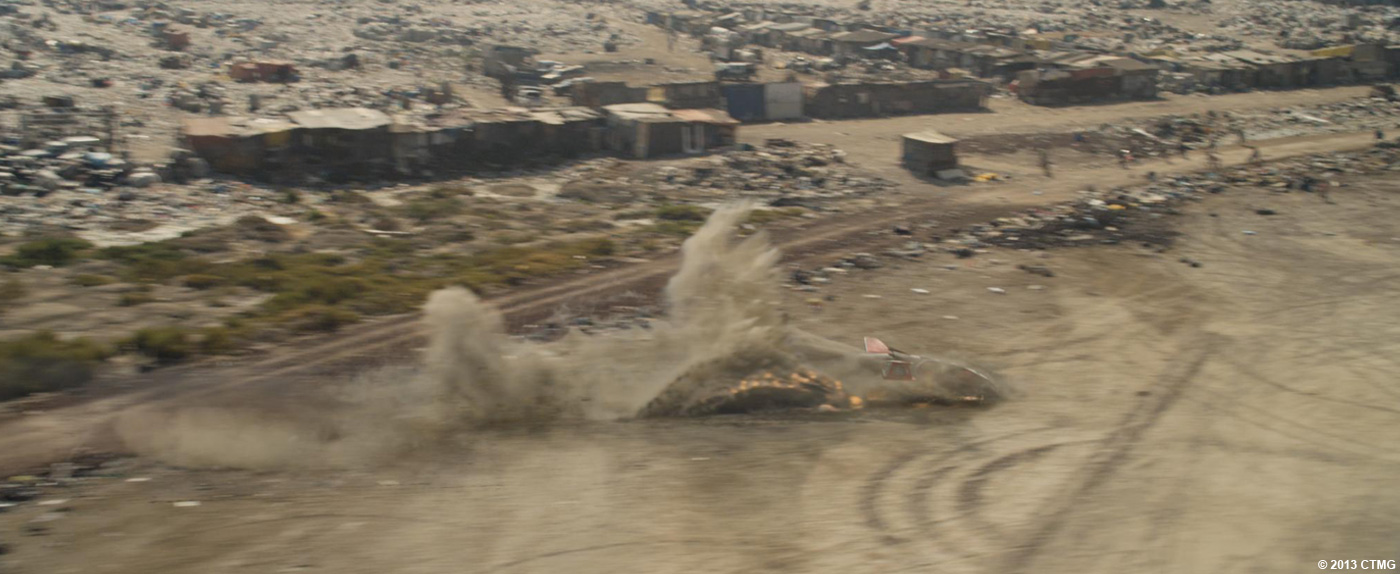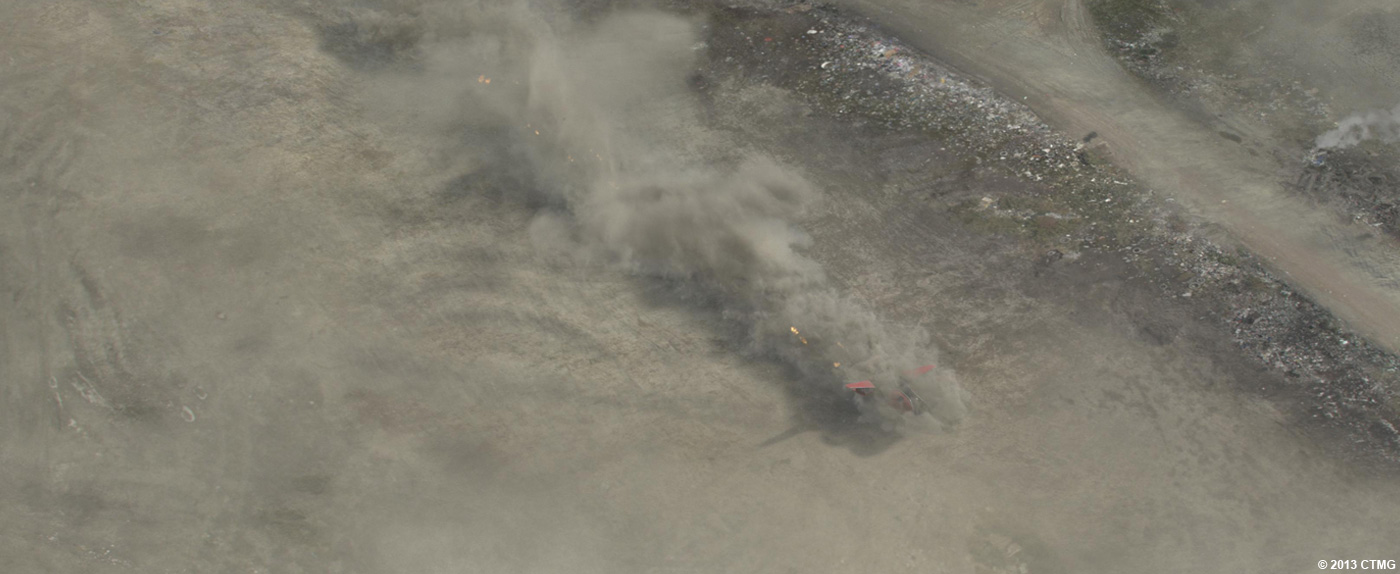Erik Nordby has over 10 years in visual effects. He has worked on such films as THE BUTTERFLY EFFECT or HORRIBILIS. As VFX Supervisor, he take care of the effects for films like THE A-TEAM, DARK SHADOWS or FAST & FURIOUS 6.
What is your background?
I’ve worked in the film industry for 15 years, specifically in VFX for 10.
How did MPC get involved on this show?
We were approached by Shawn Walsh, a VFX producer at Image Engine, about taking on one of three sequences they were not doing in house. We landed the Carlyle Shuttle sequence and started production in June 2012. We mainly worked with Peter Muyzers, the VFX Supervisor on the show.
What was his approach about the visual effects?
The work that IE had done on the other space craft in the film set the bar very high. We needed to hit a high level of photo-realism, but even more difficult we needed to demonstrate accurate physics of flight with a very, stripped-down, simple, non-aerodynamic craft.
How was the collaboration with Production VFX Supervisor Peter Muyzers?
Working with Peter was great. He provided a great brief for the work. He understood the film inside and out, and gave us a lot of pre-existing concept work and background discussion regarding our sequence. He was also very receptive to solid new ideas.
What have you done on this show?
MPC was responsible for all CG and comp work for the 30 shots involving the ambush of Carlyle’s shuttle by Max and his crew. This required the main asset build of the shuttle itself, as well as the interior harness system. It also included the shuttle crash.
How did you approach the Carlyle’s shuttle sequence?
We initially mapped out the approximate altitude and type of flight required throughout the sequence and received sign off on the layout. We then turned to design the flight dynamics. We needed to sell stabilized VTOL lift from very little visible flight structures. Once the explosive dart is detonated we had to strike a very calculated balance – the damage to the shuttle needed to feel large enough to force a descent, but not feel like it was catastrophic to the craft itself.
Can you explain in details about the shuttle recreation?
Initially the shuttle was co-designed by Bugatti. It was meant to look sleek, high-end, and very, very clean. It was also meant to maintain a very clean profile and silhouette wherever possible. This meant all flight control surfaces and thrusters were hidden from view when the shuttle was parked. Then as the shuttle’s flight systems engaged various parts opened up to control lift and propulsion. The look of these ‘interior’ spaces also need to feel clean and high-end. To achieve this, MPC took cues from the engines of super cars, specifically current day Bugattis.
How did you take the informations on-set for the shuttle?
We utilized the provided HDRI and set measurements.
How did you handle the lighting challenge?
The main lighting issues we faced revolved around lighting a very clean ship with little external detail in a very dusty and dirty environment. Since there was so little detail on the surface of the shuttle it invariably felt out-of-scale with it’s environment. We found that macro breakup on the smooth surfaces, micro-shutter of the craft’s winglets, heat-haze, and very hot spec helped balance scale.
Can you explain in details about the shuttle crash?
The crash moment represented one the biggest challenges within the sequence. We started testing FX setups early on, to see how much traction we would get from in-house dust, dirt and debris FX. Similar to the shuttle challenges, we also had a hard time identifying scale in the crash. The was derivative of the very nondescript open and flat field upon which the shuttle impacts. There was very little that your eyes could latch onto and tell the story of scale. For this reason we went looking for solid 2D elements that could help anchor some reality into the moment. Luckily, we found some library elements that we shot with a very similar sand/dirt mixture. They consisted of a wooden sled being pulled through the debris field at high frame rates from many angles.
These elements fulfilled the main form of the crash moments. We then sprinkled in FX to help solidify interactivity with the front of the shuttle as it dug into the earth.
Can you tell us about one of your day during the post?
We had a medium sized crew and would review work continuously throughout the day. Peter and Shawn would usually visit us in-house once a week for sequence reviews.
What do you keep from this experience?
Neil shoots all of his air-to-air plates utilizing a second helicopter to stand in as the space ship. This is pure brilliance and paid off throughout the film. The picture helicopter would simp lit we painted out and what remained was great interactive dust, real locked camera moves, and accurate flight path/speed.
How long have you worked on this film?
We started June 1st, 2012 and wrapped up mid-October, 2012.
How many shots have you done?
MPC delivered 32 shots for ELYSIUM.
What was the size of your team?
Around 30 artists and production staff worked on ELYSIUM.
What is your next project?
I am wrapping up supervision on THE SEVENTH SON for Legendary Pictures and getting underway on THE AMAZING SPIDER-MAN 2.
What are the five movies that gave you the passion for cinema?
DELICATESSEN by Caro and Jeunet
BRAZIL by Gilliam
THX 1138 by Lucas
2001 by Kubrick
and SOLARIS by Tarkovsky.
A big thanks for your time.
// WANT TO KNOW MORE?
– MPC: Official website of MPC.
© Vincent Frei – The Art of VFX – 2013


